History
10 Things To Know About The Civil War’s March Into La Paz

Most associate the Civil War with battlefields in the East, but conflict quietly reached the banks of the Colorado River. Tensions simmered in this remote settlement as soldiers passed through, loyalties clashed, and wartime rumors spread. Explore how this desert outpost briefly became part of a much larger national struggle.
Arizona’s Only Civil War Combat Death Happened In La Paz

In 1863, Confederate sympathizer William Edwards ambushed Union soldiers in La Paz to disrupt supply lines, killing one—Arizona’s only Civil War combat fatality. He fled into the desert but died from exposure days later, intensifying fears of guerrilla raids and rebel activity.
Steamboat Travel Made La Paz A Military Lifeline
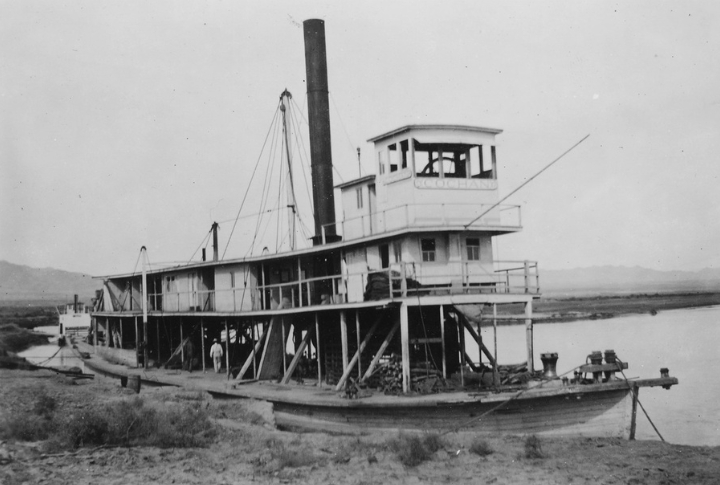
Steamboats such as the Cocopah and Esmeralda ferried military supplies on the Colorado River, making La Paz a lifeline for wartime logistics. The river offered faster transport than land routes, though seasonal water levels often disrupted the flow of operations.
Union Troops Were Stationed Near La Paz To Guard Against Rebellion
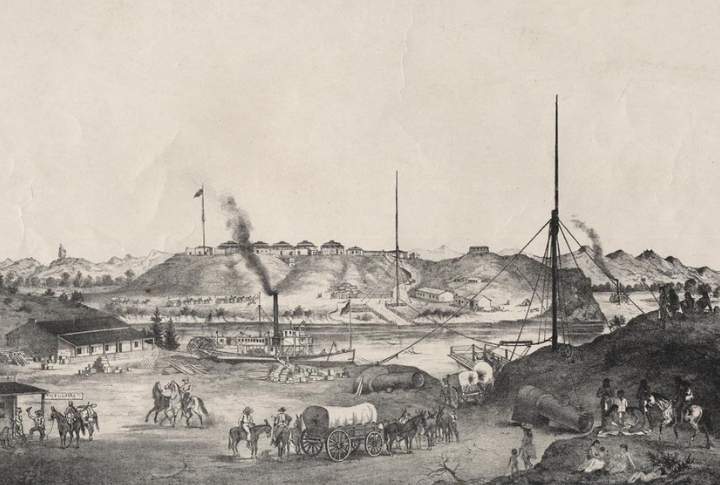
Union soldiers from Fort Mohave and Fort Yuma guarded the La Paz region to protect supply lines from threats. Troops regularly patrolled river towns, stage routes, and river crossings. However, many locals reportedly resented the constant presence of Union forces in their communities.
The Gold Rush Attracted Civil War Deserters To La Paz
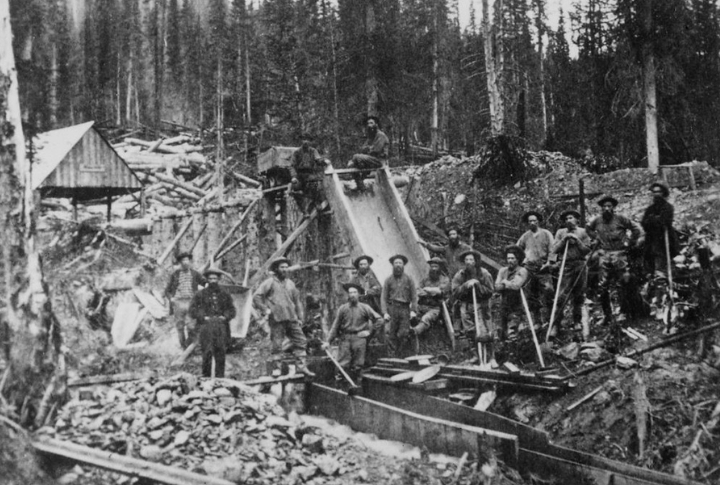
During the gold rush, many deserters from California and New Mexico military units reportedly arrived in La Paz seeking fortune. Miners often mingled with former soldiers from both sides, making law enforcement’s job difficult as they struggled to maintain order amid the growing influx.
War Disrupted Trade With Indigenous Tribes Near La Paz

The conflict interfered with long-standing trade between settlers and local Indigenous tribes. As Union troops increased their presence and supply priorities shifted, some tribes lost access to key goods. Tensions rose as traditional exchange routes became entangled in wartime logistics and federal oversight.
Stagecoach Stations Near La Paz Faced Wartime Threats
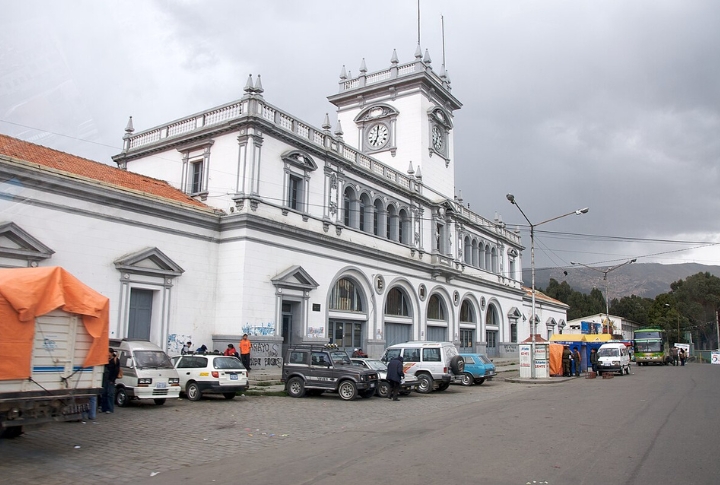
Stage stops in the La Paz region served travelers, couriers, and merchants, but they also became targets of concern. Attacks or thefts were feared along these routes, and some stations reportedly fortified themselves temporarily due to rumors of rebel raids linked to the conflict.
Confederate Arizona Claimed La Paz Briefly On Paper
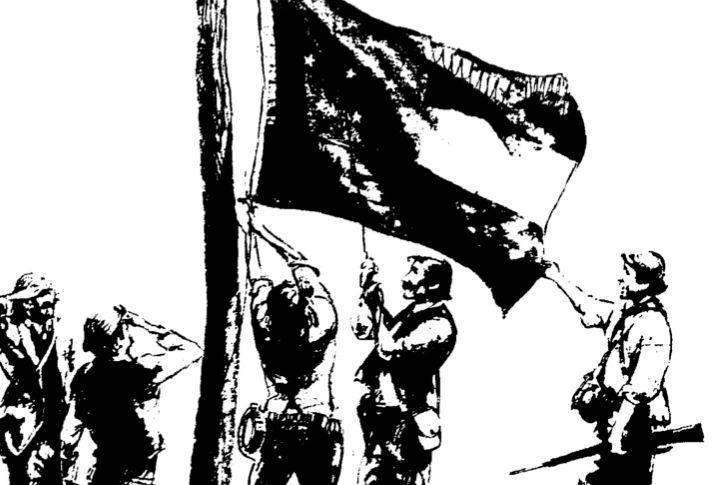
The Confederacy declared southern Arizona a separate territory in 1861, which included La Paz on paper. Despite this claim, Confederate forces never gained actual control of the town, where local loyalties remained divided throughout the war.
Union Intelligence Agents Operated In La Paz

Union intelligence agents worked undercover in La Paz, blending into taverns and trading posts while collecting information on suspected rebels. Reports from the area were funneled to Fort Yuma, and some spies disguised themselves as prospectors or merchants.
Southern Newspapers Quietly Circulated In La Paz

Despite Union dominance, pro-Confederate newspapers quietly spread in La Paz through traders and sympathizers. These discreet publications kept Southern supporters informed, revealing lingering rebel loyalty and highlighting the area’s internal divisions during a time of national conflict and shifting control.
The California Column’s Advance Secured The Region
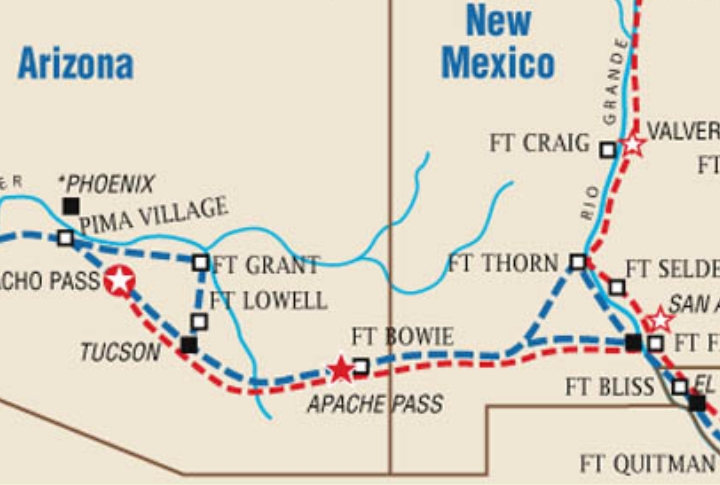
In 1862, Union troops of the California Column pushed through Arizona to reclaim it from Confederate influence. Their arrival secured La Paz under Union control. Using desert trails and river routes, they also helped reinforce California’s vulnerable southwestern border.

